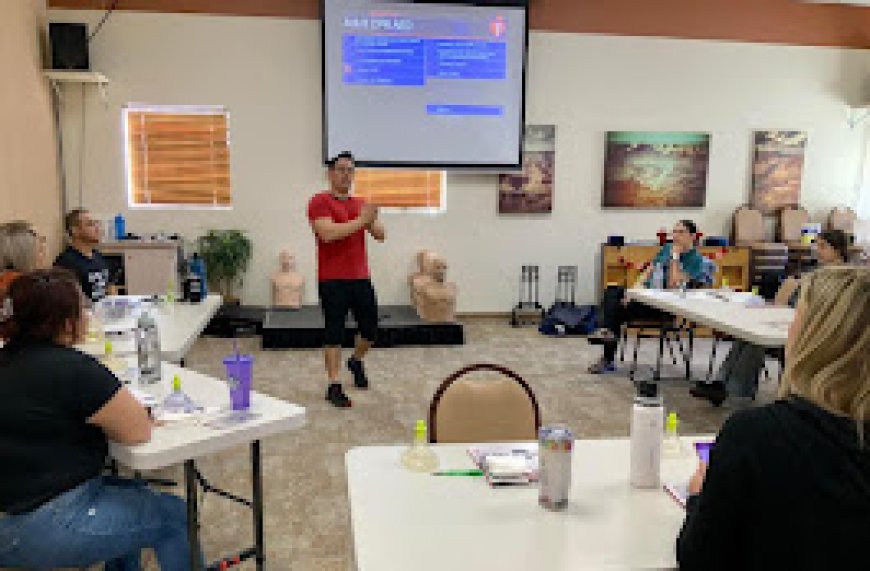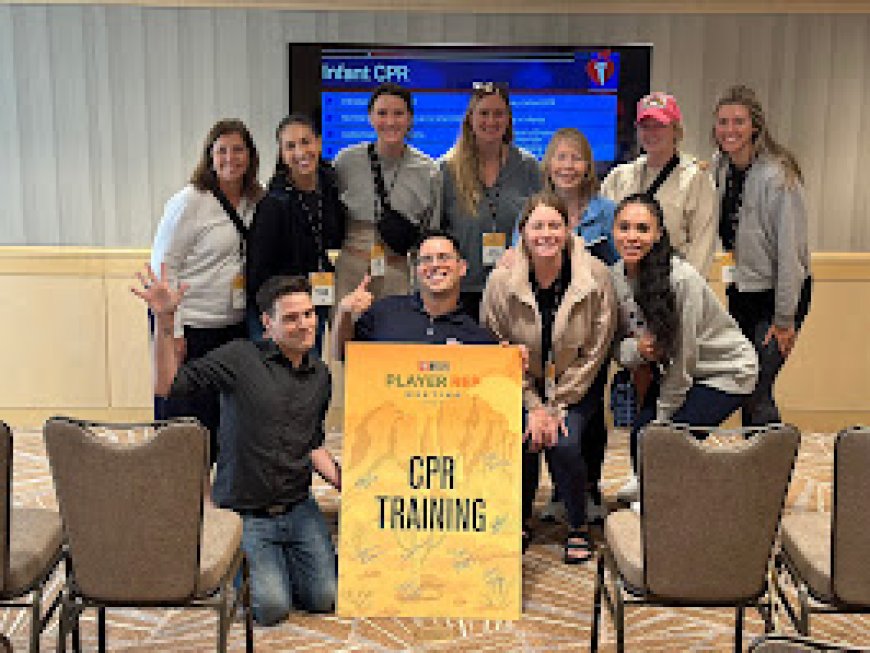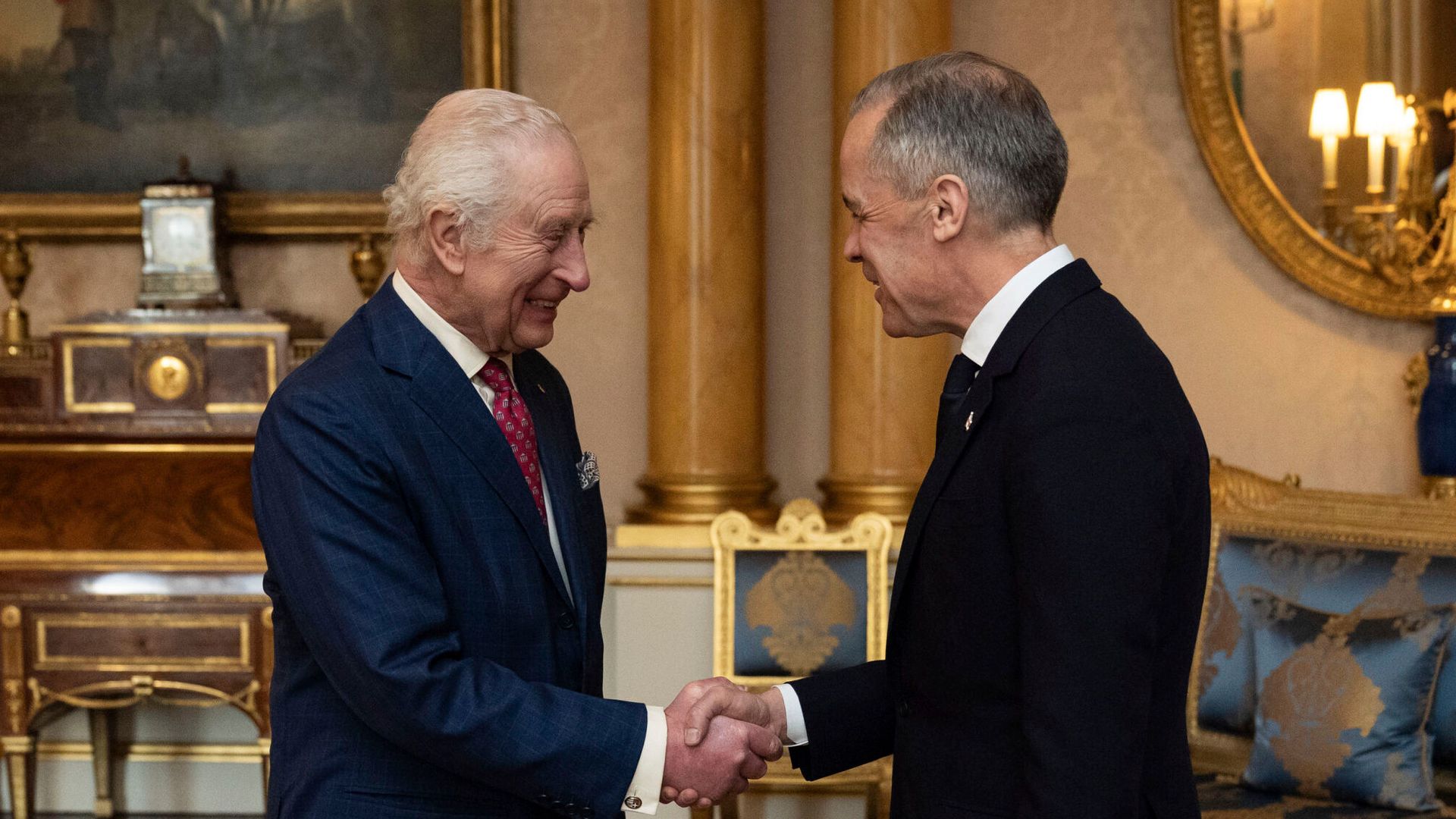Emergency Skills That Make a Difference in Critical Moments
In a crisis, seconds matter. Knowing what to do before help arrives can save lives. Whether it’s a medical emergency, accident, or sudden health issue, having the right skills can make all the difference. Most people hope they’ll never be in such a situation — but being prepared is far better than being helpless. This article will explore essential emergency skills and why everyone should learn them.
Why Emergency Skills Are Important
Emergencies are unpredictable. They can happen at home, work, or out in public. In many cases, the outcome depends on how fast someone can respond.
Trained bystanders often make the first move in saving a life. If someone stops breathing or goes into cardiac arrest, the first few minutes are critical. Knowing what to do can improve survival chances dramatically.

Common Emergency Situations You Might Face
You don’t have to work in healthcare to face emergencies. These situations can happen anywhere:
-
Someone collapses from cardiac arrest.
-
A child chokes during a meal.
-
A co-worker passes out from low blood sugar.
-
A driver is injured in a car crash.
In these moments, your reaction matters. Having emergency skills means you can stay calm and take action while waiting for first responders.
Life-Saving Skills Everyone Should Know
There are a few key skills that make a major impact in emergencies. These include:
-
CPR (Cardiopulmonary Resuscitation): Keeps blood and oxygen flowing when the heart stops.
-
AED Use (Automated External Defibrillator): Delivers an electric shock to restart the heart.
-
Choking Relief: Includes back blows and abdominal thrusts.
-
Bleeding Control: Knowing how to apply pressure or a tourniquet.
-
Recognizing Signs of Stroke or Heart Attack: Early recognition improves outcomes.
These techniques don’t take long to learn but can change someone’s fate forever.
Who Should Learn These Skills?
The answer is simple: everyone. Parents, teachers, students, and co-workers can all benefit from training. Emergencies don’t wait for professionals to arrive.
Even teens can take certified courses and be prepared to help. Many employers also require emergency response training for their staff. The more people who know what to do, the safer our communities become.
Taking the First Step Toward Preparedness
Signing up for a training course is the first step. These programs are widely available across Arizona. You don’t need a medical background or special qualifications to get started.
If you're looking for CPR training in Mesa AZ, several providers offer certified programs that cover both basic and advanced skills. These classes are usually short and can be completed in a few hours.
Benefits That Go Beyond Saving Lives
Learning emergency response isn't just about reacting to crises. It also builds confidence. People who are trained feel more prepared and less anxious during high-pressure situations.
These skills also enhance your resume. Many jobs in childcare, education, fitness, and customer service prefer or require life-saving certifications.
For healthcare-related jobs, BLS training in Mesa AZ is often a requirement. It covers more advanced techniques for people working in medical settings.
Staying Updated and Refreshed
Techniques and guidelines change over time. That’s why it’s important to refresh your knowledge regularly. Most certifications are valid for two years, after which a renewal is recommended.
Re-certification courses are often shorter and help reinforce what you've learned. They also cover updates in emergency care standards and new best practices.
What to Expect in a Training Class
Most emergency response classes combine video instruction, lectures, and hands-on practice. You’ll learn how to assess a situation, check for breathing, and provide aid until professionals arrive.
Courses may include adult, child, and infant-specific techniques. Some classes also teach how to handle common emergencies like allergic reactions, burns, or seizures.
Many providers offer both in-person and blended (online + in-person) options. This makes it easier to fit training into your schedule.

Encouraging a Culture of Readiness
When more people are trained, entire communities become safer. Kids, parents, co-workers, and neighbors all become valuable first responders. That’s the goal — not just personal preparedness, but a collective readiness.
Some workplaces even sponsor training sessions for their teams. Schools and community centers often host free or low-cost training events as well.
Promoting awareness and making training accessible helps ensure that more people are ready when it counts.
Final Thoughts
Being trained in emergency skills is one of the most responsible choices you can make. You never know when someone’s life may depend on your actions. The good news is that learning these skills is simple, quick, and widely available.
Whether it’s CPR, choking relief, or bleeding control, your knowledge could save someone you love — or a complete stranger. Take the time. Get trained. Be ready to make a difference in critical moments.
What's Your Reaction?
 Like
0
Like
0
 Dislike
0
Dislike
0
 Love
0
Love
0
 Funny
0
Funny
0
 Angry
0
Angry
0
 Sad
0
Sad
0
 Wow
0
Wow
0






































